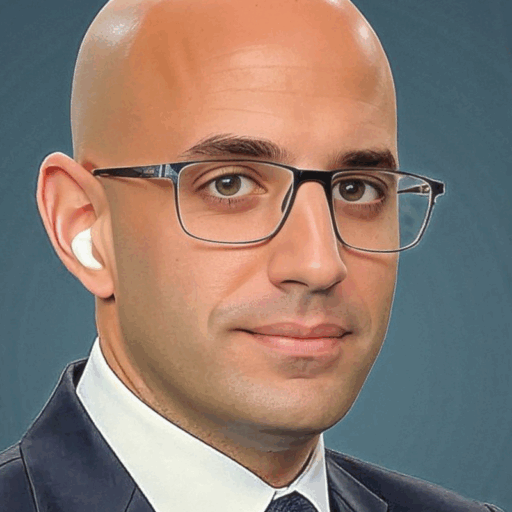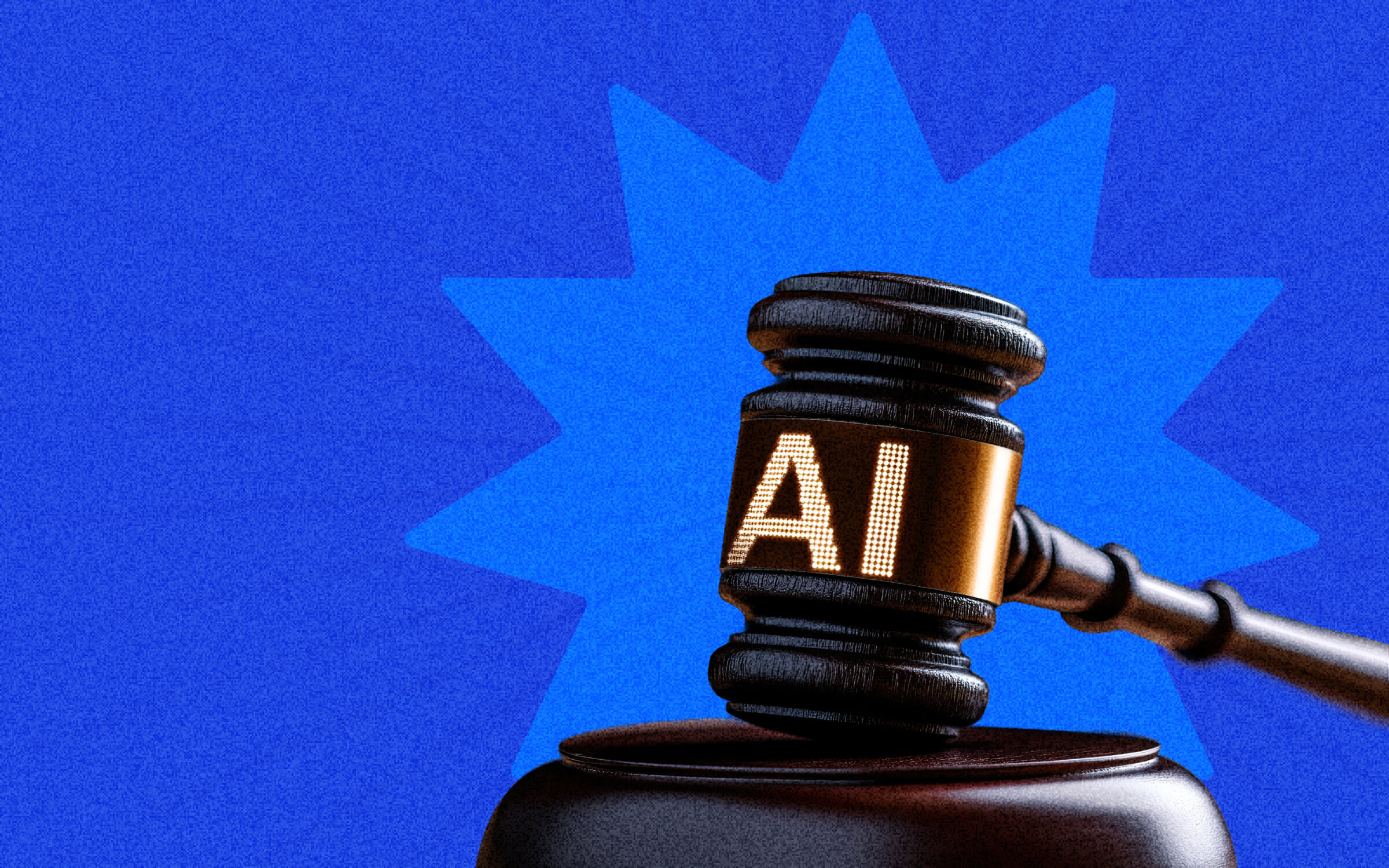Blockchain was born from a philosophy of decentralization—removing middlemen, redistributing power and enabling open, trustless networks. But in the corporate world, things are rarely so simple.
Enterprises need governance, security and regulatory alignment. So how can blockchain be deployed without compromising either its original ethos or business-critical requirements?We asked members of the Senior Executive Blockchain Think Tank—a group of corporate innovators, startup builders and infrastructure experts—to weigh in. Their answer: It’s not a binary. The future of enterprise blockchain lies in strategic balance.
“Decentralization is a spectrum, not a binary.”
Decentralization Doesn’t Mean Losing Control
“Decentralization is a spectrum,” says Tomer Warschauer Nuni, Founder and Investment Director at PRIM3 Capital. He and his team advocate for a concept known as “progressive decentralization.”
“You start with controlled environments that offer regulatory clarity and operational security,” he explains, “all while you build pathways toward more open governance.”
That can include smart contract modularity, DAO (Decentralized Autonomous Organization) frameworks and multi-signature solutions—all tools that allow Nuni’s team to “strike a balance between transparency, flexibility and compliance.”
“Success does not lie in opting for decentralization or control; it lies in creating a governance architecture that fits business objectives, guarantees accountability and establishes long-term trust in a regulated digital economy.”
Designing Governance That Builds Trust
For Bojan Ilic, Chairman and Global Director at Swiss Security Solutions, decentralization and control are not mutually exclusive—they’re complementary forces when done right.
“The solution is a middle ground: permissioned networks that combine distributed trust with centralized management,” he says. These networks can incorporate features like identity-based access, smart contract auditability and built-in compliance guardrails.
“Success does not lie in opting for decentralization or control,” Ilic argues. “It lies in creating a governance architecture that fits business objectives, guarantees accountability and establishes long-term trust in a regulated digital economy.”
“Private or consortium blockchains provide the security and control enterprises require, while smart contracts automate compliance and reduce the need for manual oversight.”
Hybrid Models Built for Regulated Industries
Donna P. Mitchell, Founder and CEO of Mitchell Universal Network, has spent decades working in highly regulated industries like aviation and pharmaceuticals. Her take? The answer lies in what she calls “intelligent decentralization.”
“Hybrid architectures maintain enterprise governance while leveraging blockchain’s transparency and automation benefits,” she says. Private or consortium blockchains allow for stricter control, while smart contracts help automate compliance and reduce manual intervention.
“The key is strategic selectivity,” Mitchell explains. “Use blockchain where it adds value—like data integrity, audit trails or process automation—while maintaining centralized control over strategic decisions.”
She points to Walmart’s supply chain blockchain as a real-world example. “They’ve implemented this approach for supply chain transparency while maintaining centralized operational control.”
Actionable Strategies for Enterprise Blockchain Leaders
Members of the Blockchain Think Tank recommend the following strategies for organizations balancing decentralization with governance:
- Embrace progressive decentralization: Don’t dive into decentralization all at once. Start with permissioned or semi-centralized models and gradually decentralize components where it adds value.
- Leverage modular smart contracts: Break functionality into modular, upgradable components that allow control and oversight while still automating trust-based processes.
- Use multi-sig and DAO frameworks for shared governance: Multi-signature authorization and decentralized voting structures allow for distributed accountability without sacrificing security.
- Choose the right blockchain architecture: Private or consortium blockchains often work best for industries with high regulatory demands. They provide transparency and immutability while preserving control.
- Build compliance into design, not after the fact: Auditability, identity controls and clear permission structures should be baked into smart contracts and network design from day one.
- Don’t go “decentralized” just to sound cutting edge: Be intentional. Use blockchain to solve specific problems—not to follow hype. Focus on trust, traceability and efficiency where it matters most.
What the Research Tells Us
According to Deloitte’s 2019 Global Blockchain Survey, 86% of enterprise leaders believe blockchain will eventually achieve mainstream adoption—but 30% say regulatory uncertainty is the biggest barrier. The study also found that hybrid models—especially permissioned networks—are gaining traction in industries like finance, healthcare and logistics.
The Bottom Line
Blockchain’s revolutionary power comes from its decentralized roots—but that doesn’t mean enterprises need to abandon structure or oversight.
As Think Tank leaders shared, successful blockchain strategies are less about choosing sides and more about designing systems that are transparent, accountable and flexible. Whether you’re launching a supply chain network, rethinking data access or exploring DAOs, the same principle applies: Decentralization isn’t about chaos. It’s about creating trust—by design.









